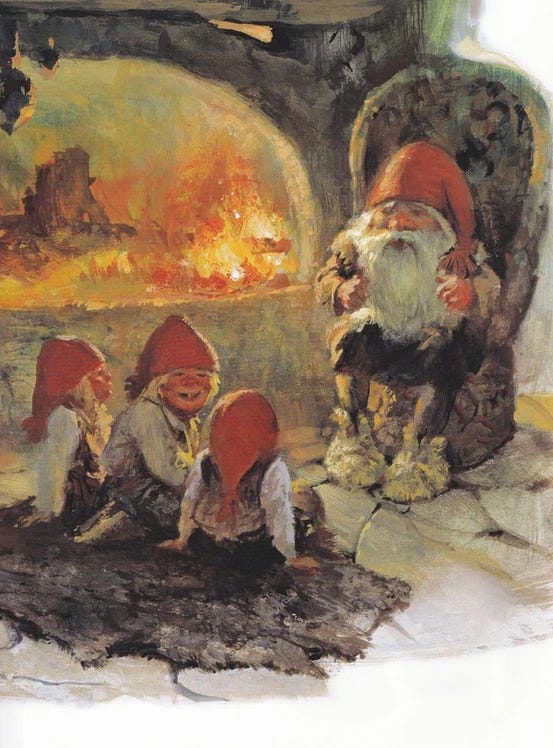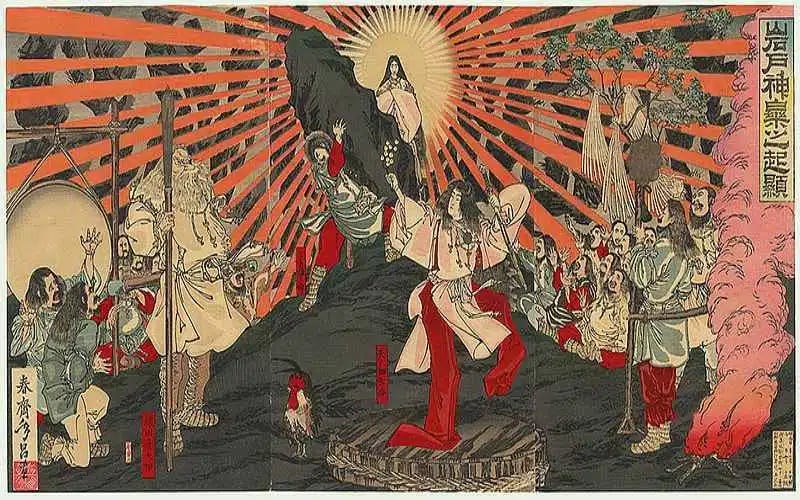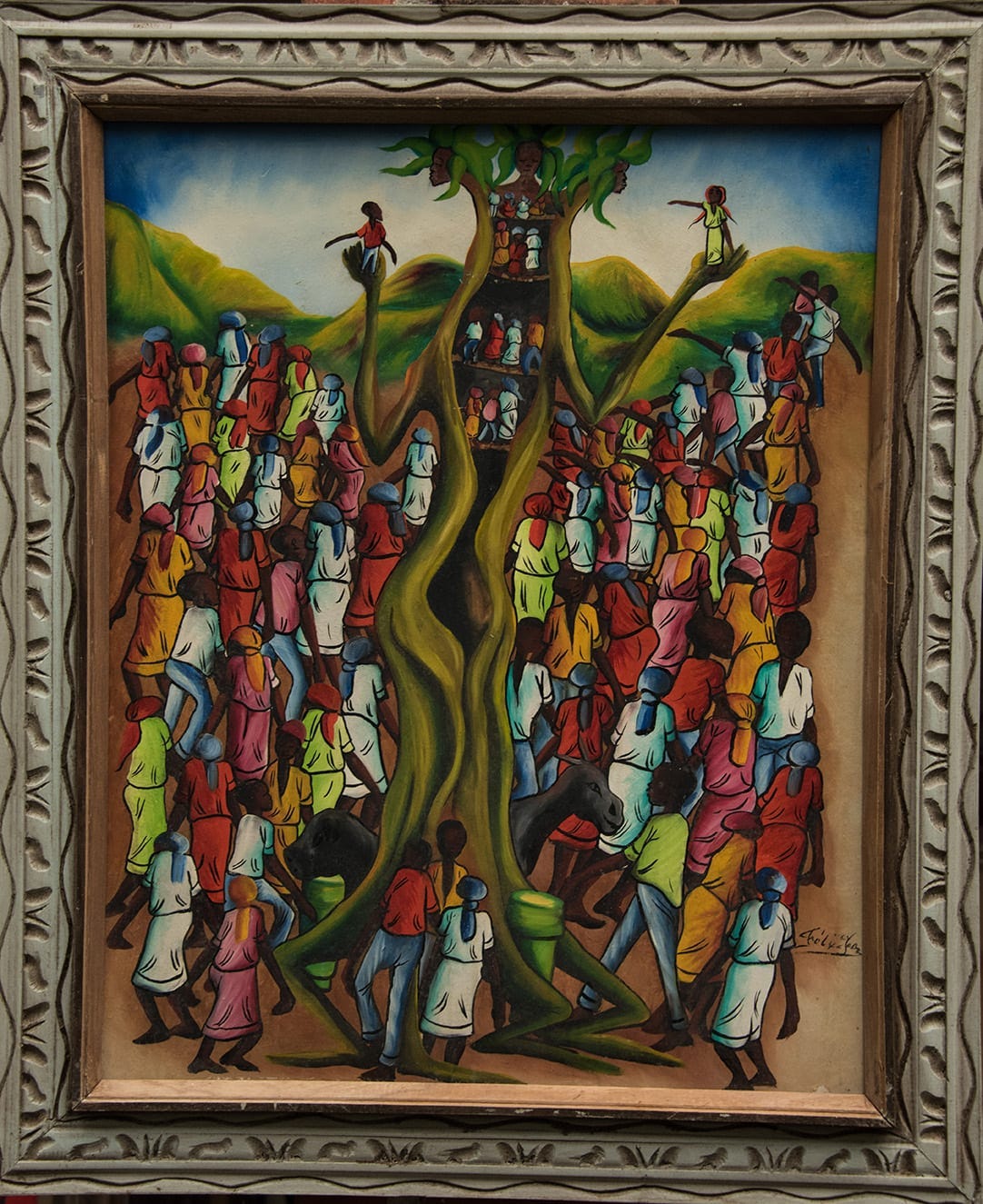Sacred Origins: Myths and Traditions of our Ancestors on the Winter Solstice
Our modern holiday celebrations are a conglomeration of winter solstice myths and traditions from around the world. Come explore them with me!
The holidays can be an intense and emotional time for many of us. Even if it’s positive and beautiful, it can still be a lot! Other times the holidays bring up painful memories, activate difficult relationship dynamics, or bring reminders of loved ones who are not with us.
Wherever you are and however you are feeling this holiday season, I want to remind you that you’re not alone. Not only is this time difficult and activating and beautiful (and a lot!) for many of us, but historically, it was for our ancestors, as well.
The winter solstice was cold and dark, and all around there was hardship and death. From this place of suffering, reverence, and deep longing for the return of the light… our ancestors created ceremony. They gathered, they danced, they recited poetry, they warded off evil, they gave each other gifts, they told stories, and they honored the seasons and cycles of life.
In this Substack, we are going to explore some of the sacred traditions and stories of our ancestors and how they gave rise to the traditions we celebrate today.
I celebrate Christmas, so I write through this lense, but I also love to study and appreciate all the beautiful cultures of the world to see how they are connected, yet unique, so we will also do that. :)

The Longest Night
The term “solstice” comes from the Latin term “solstitium”, which means “the sun stands still”. This is because many of our ancestors used sundials to track the sun and around the solstices, the sun’s position in the sky doesn’t change the way it usually does from day to day the rest of the year. It appears to stay the same for a few days or “stand still” in the sky.

Return of the Sun / Son
The Persian festival of Yalda or Shab-e Yalda is a winter solstice tradition celebrating the victory of light over dark. On this day, Persian families traditionally gather at the house of the oldest relative - they stay awake the whole night to ward off evil spirits and celebrate the return of more sunlight. Some families have a tradition on Yalda where they make a wish for the year ahead and then open a book of poetry (often Hafiz) and read the poem, which gives insight into how to fulfill their wish. Yalda is also a celebration of the birthday of the sun god Mithra. Yalda means “rebirth of the sun” and Mithra, as the sun God was reborn on the Winter Solstice, the longest night of the year. There are some incredible similarities between Mithra, Jesus, and Horus. Check this out.
The Incas also celebrated their sun god at their winter solstice celebration, Inti Raymi, which has been revived and is still celebrated in parts of Peru today.
What other cultures do you know of that celebrate their sun god and welcome them home on the winter solstice? I have a few more :)
Celebrating the Return of the Light
The winter solstice brought hope to our ancestors that though it may be dark and cold now, the light is returning, and with it food and warmth. It’s amazing to me that so many different cultures throughout history acknowledge and celebrate the winter solstice.
For the Hopi people of northern Arizona, the winter solstice is one of their most important celebrations that they call Soyal. During Soyal they welcome Kachinas, or katsinam, which are ancestral spirits that watch over them. The Kachinas come back from the mountains and together they all dance and pray for the sun’s return. Speaking of dancing…
The Japanese have an amazing myth about the Shinto sun goddess, Amaterasu, who after a battle with her brother in which one of her handmaidens was killed, goes into hiding in a cave. Without the sun goddess, the light on Earth grows dark and weak (winter). The other gods and goddesses try everything to get her out. It’s only when the goddess Uzume creates an uproar of laughter and merriment from the other gods by performing a dance exposing her breasts and vulva that Ameratsu comes out of hiding.
I love how this myth shows the power of the feminine in many forms - Amaterasu in drawing back her light and Uzume in her dance and her body, but beyond that, this myth explains winter and the solstice. Those ~5 days when the sun stands still in the sky are said to be when Amaterasu is hiding in her cave. Caves provide opportunities for self-reflection, resting, healing, and preserving our energy. When the weather is cold and the sky is darker there is more time to look within, go slow, and preserve your energy. This is how our ancestors spent this time of year and we can too.
Today, modern Japanese people celebrate Toji, which is about starting the new year with health and good luck. It’s particularly important for farmers, who welcome back the sun’s warmth to grow their crops and seek a bountiful harvest. China also has a winter solstice celebration called the Dongzhi festival.
Life, Death, and Rebirth
Scandinavians had an interesting myth about their sun goddess of regeneration and rebirth, Beiwe, who was worshipped around the winter solstice. It was said that she traveled through the night sky in a structure made of reindeer bones to bring back the greenery that the reindeer and humans needed for food. Is this reindeer bone sled an ancient, more morbid form of Santa’s sleigh?! Also, notice the themes of death and rebirth present in this Scandinavian myth. It’s so interesting to me that many sun god/goddess myths involve death and rebirth or periods of hiding and then returning. What an incredible archetypal association for the Sun that is told all around the world.
Who’s Afraid of the Dark?
As we touched on briefly, on the Persian holiday of Yalda, families gather and stay up all night to protect themselves and each other from evil spirits. It is thought that Ahriman and other dark entities are at their most powerful on this day.
In the West, Celtic ancestors were also driving away evil and protecting their communities on the longest night. Their tradition included walking through the forests and fields singing and shouting to ward off any evil spirits that might stop their harvest from prospering. They poured wine and other alcohol on the ground to purify it. Later, this tradition evolved in Victorian England to “wassailing”, where people would drink the libations, rather than pour them on the ground and they would sing Christmas carols.
Ancestral Connections
I love to imagine that 5,000 years ago on the longest night of the year, all of our ancestors, all over the world were gathering with their respective communities, honoring the sun, and celebrating the return of the light each in their unique way.
How beautiful is that?!
Well, I could probably be here for a month writing about all the winter solstice traditions of our ancestors. There is a nice, pretty comprehensive list of many holiday traditions past and present on this website. This is such a fun topic to explore and I hope you’ve enjoyed learning more about the myths, stories, and traditions of ancestors of various cultures on the winter solstice, and how they all seem connected.
Happy holidays!!









